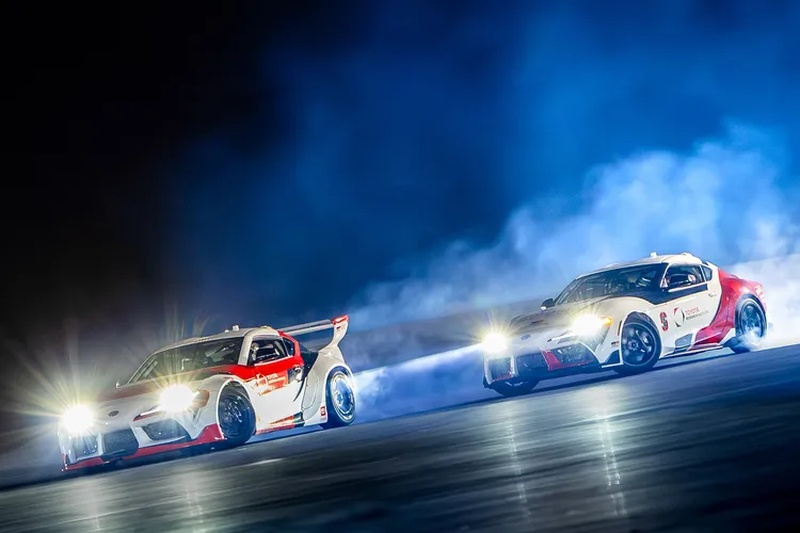The Toyota Research Institute (TRI) and Stanford University have integrated AI into two Toyota Supras, which are shown on video demonstrating impressive Formula Drift-style synchronized tandem driving. TRI Vice President of Interactive Driving Avinash Balachandran said autonomous tandem drifting is a “milestone” and has “far-reaching implications for advanced safety systems” in future vehicles.

Image source: Toyota
One of the leaders of the Center for Automotive Research at Stanford, Professor Chris Gerdes, explained that the physics of drift is similar to the behavior of cars on snow or ice. Balachandran adds that the technology developed can intervene to prevent loss of control of the vehicle. The system analyzes an array of parameters 50 times per second to generate control impulses for steering, gas and brakes.
The modified Toyota Supra cars use AI, which is further trained with each drive. TRI developed control algorithms for the lead car, and the Stanford School of Engineering developed AI models for the pursuit car to ensure it follows the leader without collisions. The vehicles communicate via a Wi-Fi network that was configured by specialists from GReddy and Toyota Racing Development.
Note that autonomously drifting cars are not something new to Stanford – a group of researchers built a DeLorean with this capability back in 2015.